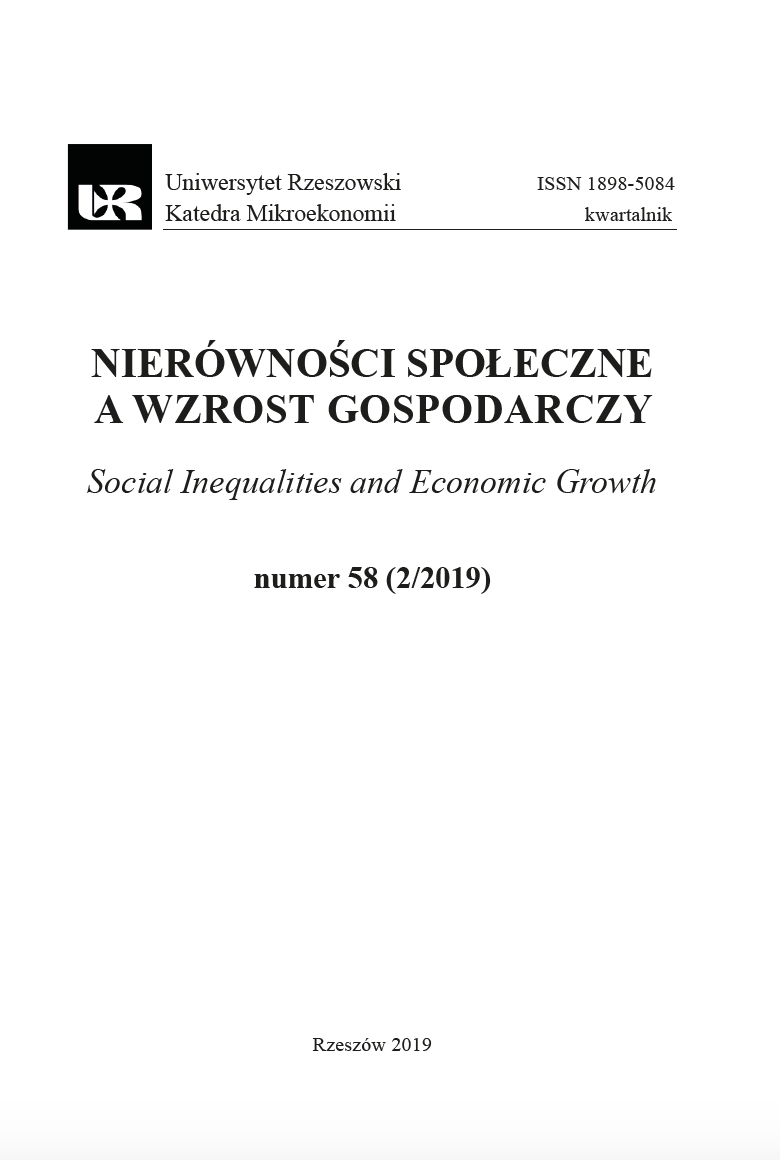Wzajemne dopasowanie pracownik-organizacja jako czynnik wykorzystania kapitału ludzkiego dla zintegrowanego rozwoju
Employees-organization matching as a factor of using human capital for integrated development
Author(s): Małgorzata Adamska-Chudzińska, Magdalena HuculakSubject(s): Socio-Economic Research
Published by: Wydawnictwo Uniwersytetu Rzeszowskiego
Keywords: employee-organization matching; interactive matching; human capital; integrated development
Summary/Abstract: The changes of the modern organization functioning are increasingly focused on using, apartfrom traditional, also institutional factors of development (internal-organizational and individual).However, institutional solutions have not been sufficiently rooted in fundamental human values,in particular regarding the subjectivity standard as to mutual respect of the needs, capabilities andexpectations of employees and organizations. The analysis of the employee-organization match revealsa significant imbalance in this area. This mismatching is a manifestation of a lack of socialand economic cohesion and it hinders the harmonious use of human capital to ensure integratedsocio-economic development.The subject of the paper is the issue of harmonizing the employee-organization matching incontemporary human capital management. The assumption was made that multidimensional couplingof economic activities’ effectiveness with the sphere of matching in terms of the needs andresources between employees and the organizations employing them is significant for building thepolicy of social and economic cohesion. The study systematizes the diversity of theoretical approachescharacterizing the process of employee-organization matching in the literature. Againstthis background, the evolution of the concept of employee-organization matching was presented,and three key types of concepts were distinguished, including the concepts of employee adaptation,occupational adaptation and interactive matching. They were presented taking into account the maindeterminants adopted in individual matching models. The results of the employee-organization interactivematching were presented both for the employee and for the organization in the contextof integrated development. It was shown that the holistic recognition of human capital made in anatmosphere of subjectivity, the practical manifestation of which is the mutual reckoning with theneeds and possibilities on both sides of the matching relationship, is an important social stimulus ofintegrated development.
Journal: Nierówności Społeczne a Wzrost Gospodarczy
- Issue Year: 2019
- Issue No: 58
- Page Range: 92-104
- Page Count: 13
- Language: Polish

